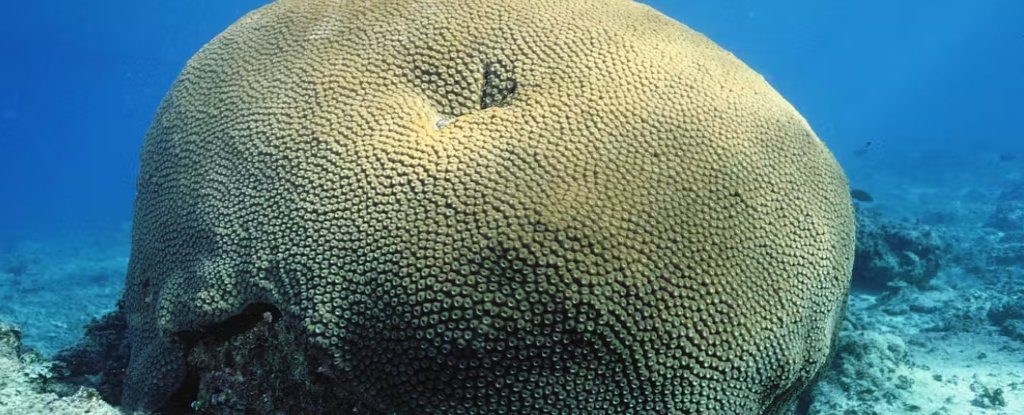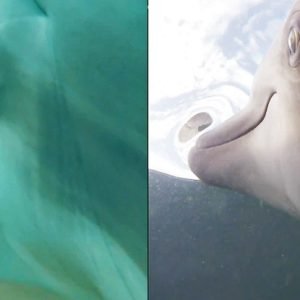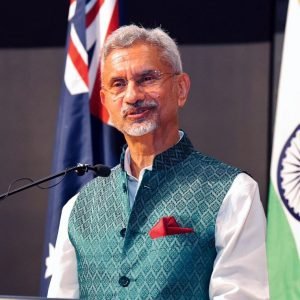
A single coral in Fiji that is more than 600 years old has recorded how Pacific Ocean temperatures have varied during its long life.
Scientists know the Pacific has generally been getting warmer over the centuries, with marine heatwaves and widespread coral bleaching in recent years due to anthropogenic climate change.
But there are thought to have been cooler and warmer years – and even decades – along the way. Of course, it’s hard to know much about this variability, since there are very few continuous records that stretch back hundreds of years.
Our research, now published in Science Advances, helps fill in these gaps. We used a sample from a single, huge Diploastrea heliopora coral, sometimes known as a honeycomb coral. This unusually old specimen was discovered in 1998 and scientists collected a sample from it by drilling into it. We have now analysed this sample using modern scientific techniques.
We combined this long coral record with that from other corals in the Fijian archipelago to construct a master chronology of temperature in Fijian waters. For the period since the 1990s, we have plenty of data from weather buoys, satellites and other instruments to combine with this.
This means the coral record technically runs for 627 years, and can tell us what the sea temperature was around Fiji between the years 1370 and 1997. It’s the longest continuous temperature record of its type from anywhere in the tropical ocean.
Coral can be a window into the past
Massive corals can live for many years, continuously forming a skeleton of calcium carbonate which accrues in layers on top of the old skeleton. The living part of the coral only occupies the very top few millimetres. As new layers are added, the old skeleton is vacated by the coral, leaving a record of past conditions.
In particular, we looked for the ratio of two elements found in the coral skeleton: strontium and calcium, which act as a proxy for seawater temperature. When there is less strontium relative to calcium built into coral skeletons, it means the water was warm when the coral was alive, and vice versa.
We analysed these elements using mass spectrometry machines which quantify the elemental composition of materials at even very low concentrations.
Past temperature data from the coral shows how climate patterns such as the interdecadal Pacific oscillation have evolved over centuries, offering crucial context for understanding present and future trends in the climate.
The Pacific Ocean is a major driver of climate variability across the world. Most famously, this involves the Pacific shifting from an El Niño to a La Niña state every few years, when temperature changes in the ocean lead to major shifts in rainfall and the development of cyclones.
Yet even this cycle is kept in check by the interdecadal oscillation, which involves a shift in temperatures between the northern, southern and tropical Pacific every 15 to 30 years.
Modern warming in context
Giant boulder corals can hold centuries-old stories within their growth histories or the chemical composition of their skeletons. For instance, the coral indicates there was a notable warm period between 1370 and 1553, when the sea around Fiji was almost as hot as it is today. This emphasises how the Pacific climate system varies naturally.
However, we can combine our coral with other paleoceanographic records from across the Pacific to get the bigger picture. When we do this, we find that the Pacific-wide warming over the past century, largely attributed to human-caused global warming, marks a significant departure from the natural variability recorded in earlier centuries.
While some parts of the Pacific were once warmer while others had a cooler decade or two, and vice versa, that relationship is breaking down. Warming has become increasingly synchronised across the tropical and subtropical Pacific Ocean.
This in turn means big shifts in rainfall and drought and flood cycles, since rain is often generated by water vapour being evaporated over warmer seas.
But this warming, characterised by a relatively small difference in ocean temperatures across the Pacific, is not typical of the past six centuries. This suggests that the warming Pacific since the start of the 20th century may be leading to unprecedented changes in the interdecadal oscillation.
Implications for the future climate
Understanding the long-term behaviour of the interdecadal Pacific oscillation is crucial for predicting future climate changes.
Recently, another study on corals in Australia’s Great Barrier Reef and the Coral Sea that surrounds it showed that reef temperatures during five recent coral bleaching events were the highest over the past 407 years. The world’s biggest reef is in grave danger.
Our own work shows the ocean around Fiji is the hottest it has been in at least the past 653 years. These changes could lead to more extreme weather, such as prolonged droughts or more intense tropical cyclones, with significant implications for the millions of people living in the region.
Our study shows why long lived massive corals are so important as archives of past climate changes, yet their future is being jeopardised by ocean warming. Preserving these giant corals is vital.![]()
Juan Pablo D’Olivo, Senior Researcher, Institute of Marine Sciences and Limnology, Universidad Nacional Autónoma de México (UNAM); Ariaan Purich, Lecturer in Climate Variability and Change, Monash University, and Jens Zinke, Professor of Palaeobiology, University of Leicester
This article is republished from The Conversation under a Creative Commons license. Read the original article.







